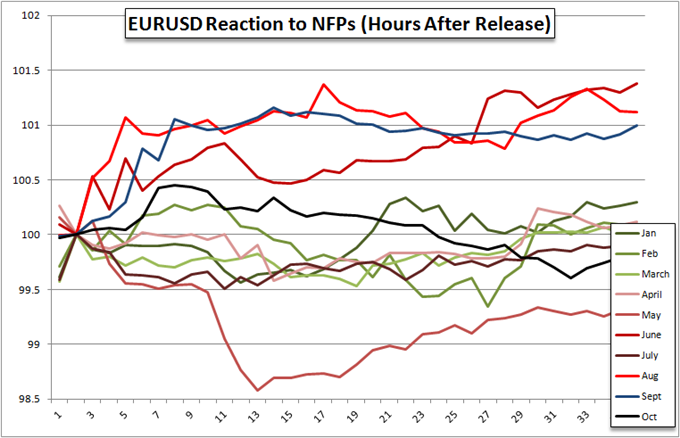How to employ market volatility indicators to build a trading strategy
Post on: 20 Май, 2015 No Comment

20Boehner.jpg?itok=5laarCKb /% John Boehner’s behaviour affects volatility
FOR LESS experienced forex traders, the correlation between volatility and market prices – and how this relationship can be used to help build trading strategies – can prove elusive.
Volatility expresses the degree of price change over a given time period. And one of the more common means of measuring market price volatility is the Average True Range (ATR) indicator. The ATR scale plots an average based on inter-session prices, rather than merely calculating an average price from daily open and daily close prices. Given the 24-hour nature of the forex market, this makes the approach used by the ATR indicator well-suited for determining exchange rate volatility.
FACTORS IMPACTING VOLATILITY
Like all markets, forex market volatility is affected by outside forces, ranging from natural disasters to the latest economic data. Government actions also have a tremendous impact on volatility, as noted in the weeks leading up to and following the recent US government shutdown. The uncertainty stemming from this rare event forced many investors to the sidelines, and this was reflected in the ATR volatility scale, where volatility levels for the euro-dollar currency pair fell to a two-year low.
BUILDING A TRADING STRATEGY BASED ON VOLATILITY
When building a strategy aligned to market volatility levels, it is important to understand that, while an increase in volatility identifies fast-ranging prices, volatility indicators provide no input into future exchange rate direction. Other tools – including moving averages and strength indicators – are more useful for helping to evaluate direction.
That said, volatility readings can prove insightful. For instance, day traders – traders who enter into a new position for short periods of time – attempt to exploit larger price movements. For these traders, it is necessary to identify currency pairs with sufficient volatility to provide higher levels of intraday price movement.
On the other hand, traders investing in a currency position as a hedge against a future devaluation in another currency require currency pairs with lower volatility. Hedging strategies require positions to be open for longer periods of time, so a currency pair with a history of low volatility levels is more appropriate.
While these two examples of strategy-building based on volatility are very simple, they do demonstrate how to incorporate volatility into the overall strategy building process.
Paul Hayward is head of sales at OANDA Europe. For daily market commentary, please visit www.marketpulse.com. Leveraged trading is high risk and not suitable for all. You could lose all of your deposited funds.














